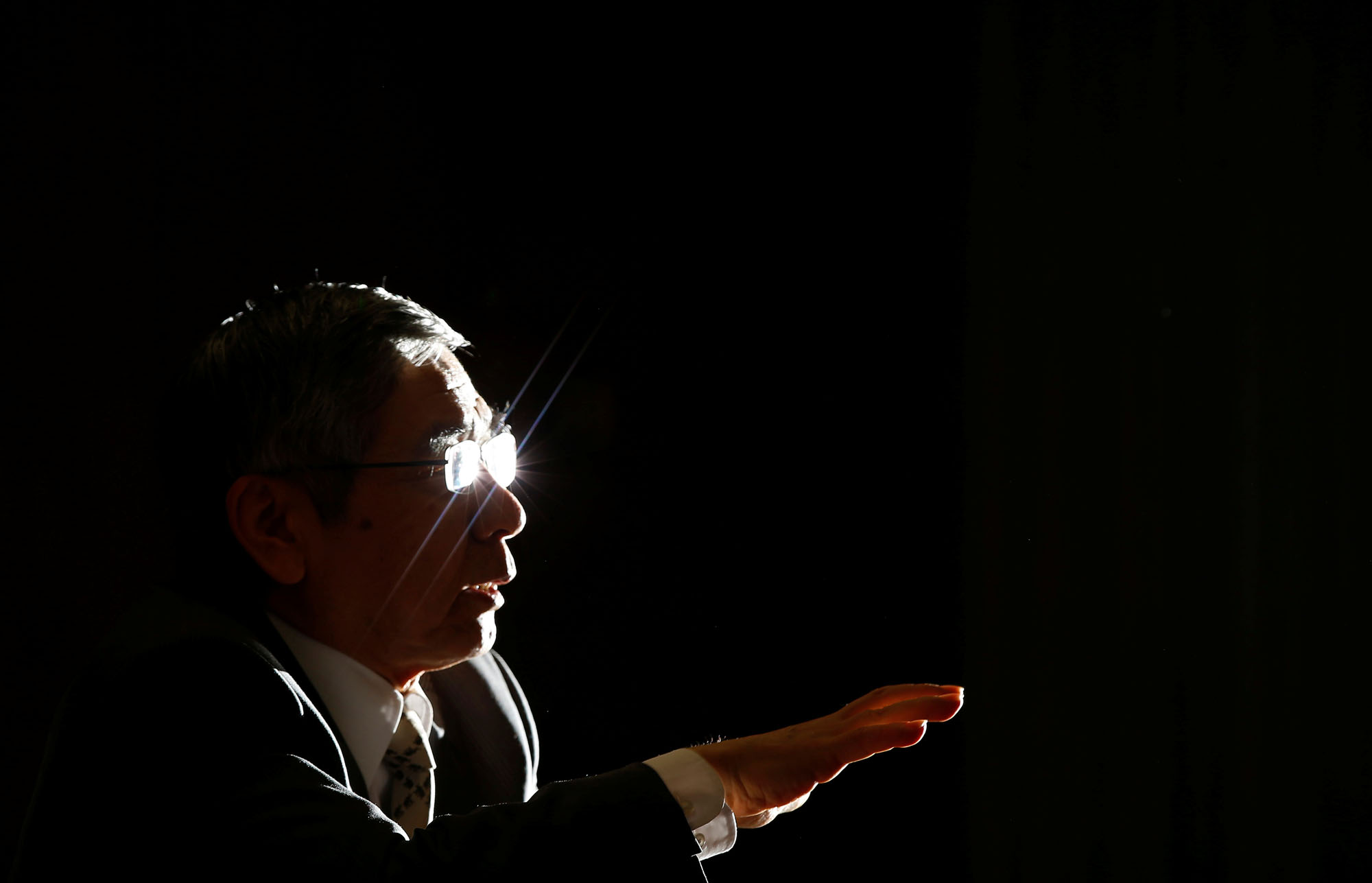In late January 2016, the lights were on well past midnight on the seventh floor of the Bank of Japan's headquarters. Inside, a handful of bureaucrats were working on a shock plan.
It was almost three years into central bank Gov. Haruhiko Kuroda's audacious campaign to jolt Japan out of nearly two decades of deflation — and things were not going well.
The world's third-largest economy had been weak. Prices were flat. A strengthening yen was hurting exporters. And the stock market was falling. The small band of bureaucrats was trying to persuade the bank's nine-member board, which sets monetary policy, to approve a radical step: negative interest rates. The idea was to charge commercial banks for depositing their cash with the central bank, rather than pay them interest on it, and thus push them to lend or invest their money in a bid to spur growth.



















With your current subscription plan you can comment on stories. However, before writing your first comment, please create a display name in the Profile section of your subscriber account page.